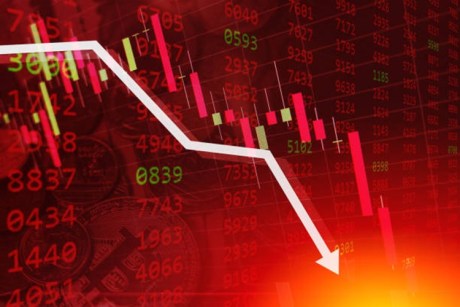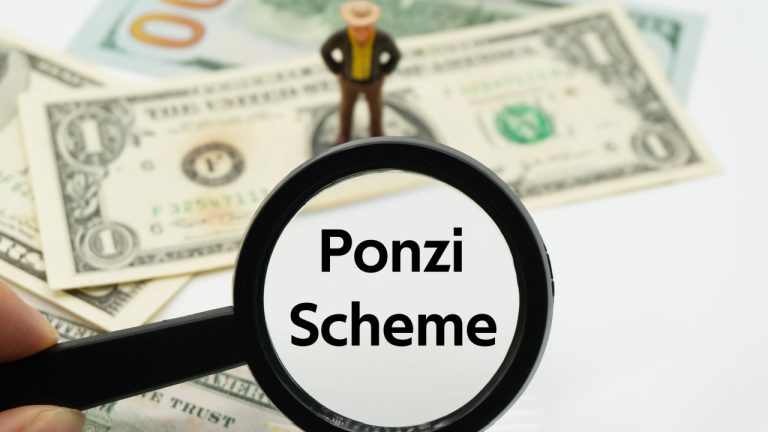S&P Global Ratings has indicated that the proposed regulations in the United States may lead to a shift in the stablecoin landscape, potentially undermining the dominance of Tether’s USDT.
The regulatory framework, if approved, could grant banks a competitive advantage by capping stablecoin issuance for non-banking institutions at $10 billion, according to S&P’s report released on Wednesday.
The prospect of regulatory clarity is expected to incentivize traditional financial institutions to enter the stablecoin market, a development that could erode Tether’s market share, S&P stated.
The proposed stablecoin bill, introduced by U.S. Senators Cynthia Lummis and Kirsten Gillibrand, aims to establish guidelines for stablecoin operations within the country. Stablecoins, a form of cryptocurrency tied to fiat currencies such as the U.S. dollar, hold significant importance within crypto markets.
While the U.S. dollar remains the preferred peg for stablecoins, the absence of specific U.S. regulations for most stablecoin issuers may change with the introduction of the Lummis-Gillibrand Payment Stablecoin Act.
Analyst Andrew O’Neill highlighted that the passage of the bill could expedite institutional blockchain innovation, particularly in areas like tokenization and digital bond issuances involving on-chain payments. This could create opportunities for banks as stablecoin issuers and potentially reduce Tether’s dominance in the global stablecoin market.
S&P emphasized that Tether’s USDT, with a market capitalization of $110 billion, faces potential challenges under the proposed legislation, as it is issued by a non-U.S. entity and would not qualify as a permitted payment stablecoin. Consequently, U.S. entities may face restrictions on holding or transacting in USDT, potentially dampening its demand.
Additionally, the removal of the SEC’s requirement for custodians to report digital assets on their balance sheet could spur the emergence of new digital asset custody providers, fostering greater competition in the market.
Despite Tether’s substantial market presence, S&P has previously criticized USDT for its perceived shortcomings in fulfilling its primary function of maintaining a stable value.
Featured Image: Freepik
Please See Disclaimer
















